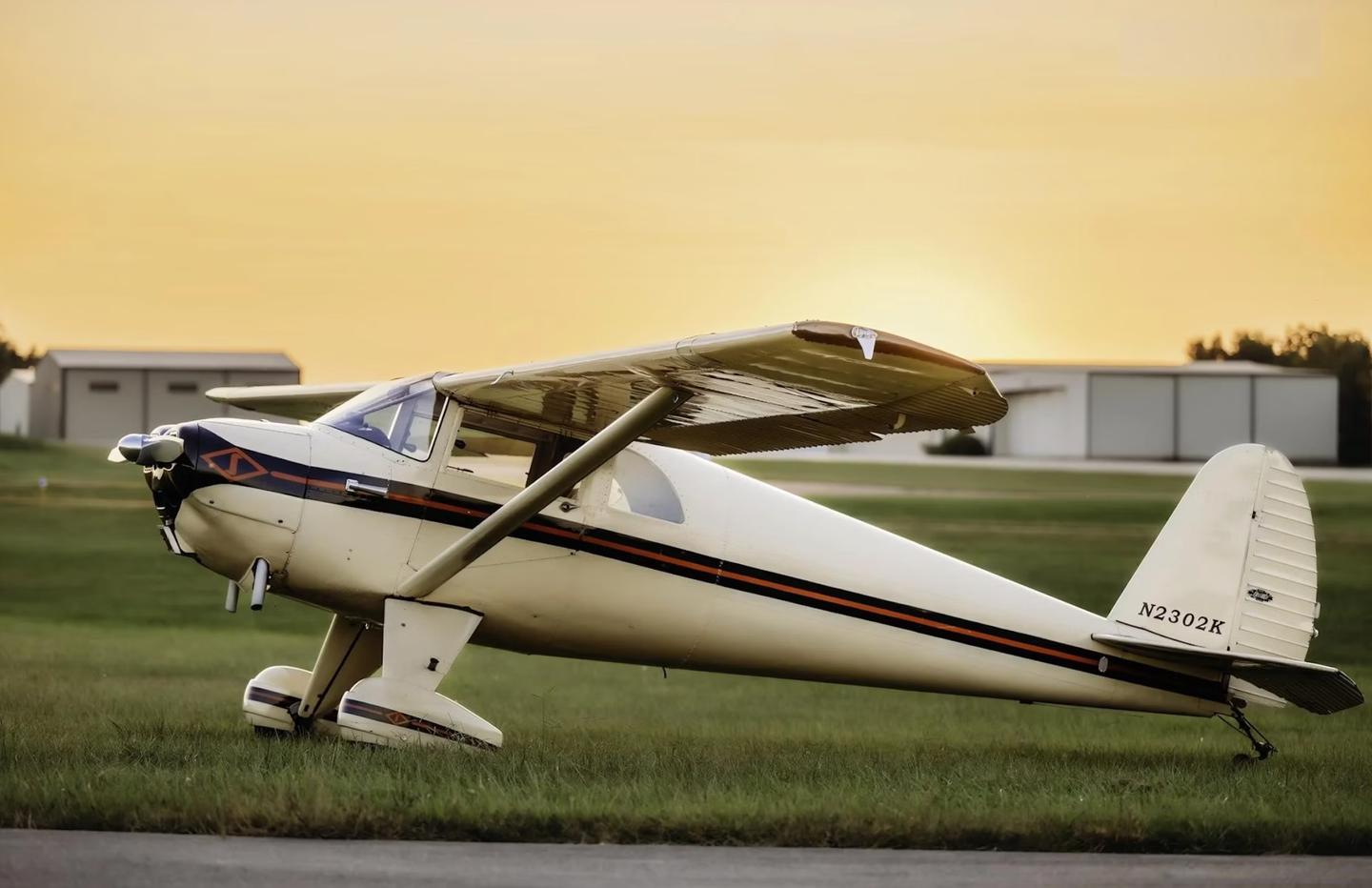Brigadier Gen. Charles E. McGee Flies West
The oldest surviving Tuskegee Airman, McGee was 102.

Brig. Gen. Charles McGee receiving a standing ovation at President Trump’s 2020 State of the Union address.
Brigadier General Charles McGee, the oldest and one of the last surviving Tuskegee Airmen, died over the weekend at the age of 102. He had recently been hospitalized. No cause of death was announced. Brig. Gen. McGee was a combat pilot in three wars and later commanded air bases in the integrated Air Force after World War II. He received Legion of Merit, Distinguished Flying Cross, Bronze Star Medal and Air Medal recognition. In 2020, then-President Trump awarded McGee, who retired as a colonel from the Air Force, a promotion to Brigadier General. In announcing his death, Vice President Kamala Harris and Defense Secretary Lloyd Austin each called McGee "an American hero."
At a time when the United States Armed Forces were still segregated, McGee joined the Tuskegee Airmen, a segregated arm of the Air Force. Its pilot corps were composed entirely of Black men and women---the term applies to all the personnel who served in the 99th Fighter Squadron (later spun off to several different fighter and bomber groups). The unit was nicknamed the Red Tail Squadron for their planes' distinctive paint schemes. At the time, many Americans believed that Black Americans were not fit to serve in battle, although more than a million of them did just that, always serving in segregated units commanded by white officers.
Writing for the History Channel online about segregation during World War II, Alexis Clark wrote, "FDR decided that Black men could register for the draft, but they would remain segregated, and the military would determine the proportion of Blacks inducted into the service," summing up the situation by writing, "The compromise represented the paradoxical experience that befell the 1.2 million African American men who served in World War II: They fought for democracy overseas while being treated like second-class citizens by their own country."
McGee told the Washington Post in 1989, "Once we proved that we could fly, they said we didn't have the guts to fight in combat, he told the paper, and concluded, "but our record speaks for itself."
Before World War II, no Black Americans had flown as pilots in combat, though they had served in every war since the formation of the country. The Tuskegee Airmen squadron, which over its existence had more than 900 pilots and many thousands of support personnel, was formed as an experiment. First Lady Eleanor Roosevelt flew with the chief civilian pilot of the squadron in a J-3 and had to personally arrange financing for the construction of one of the squadron's training bases.
Widely known as a World War II aviator---he flew P-51 Mustangs against the Nazis in Europe---McGee flew in battle in both the Korean and Vietnam conflicts, amassing more than 100 battle sorties in each of the two campaigns. In all, he flew 409 combat missions during the three wars.

Subscribe to Our Newsletter
Get the latest Plane & Pilot Magazine stories delivered directly to your inbox






